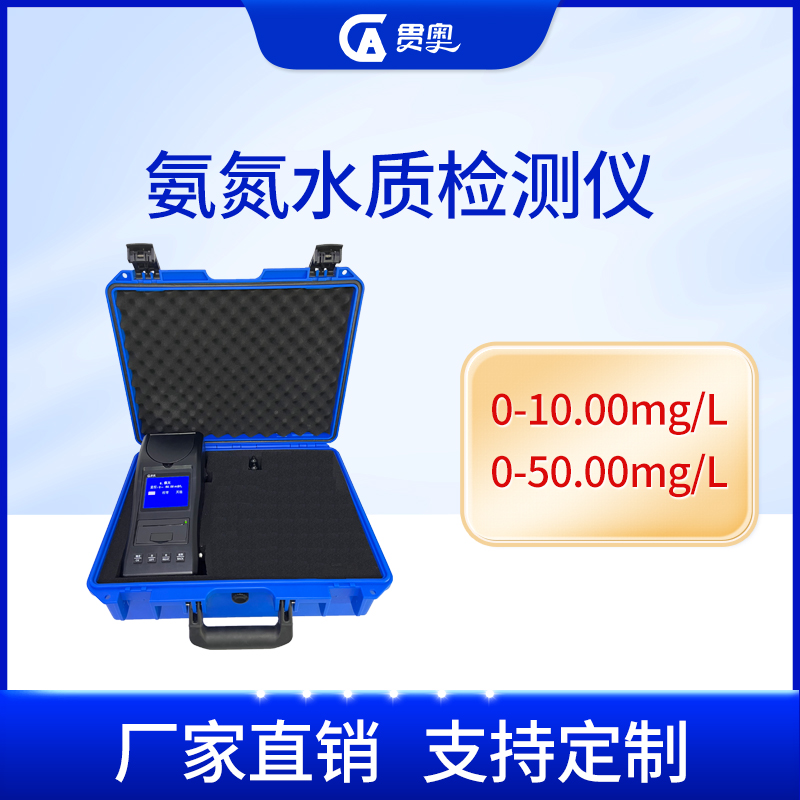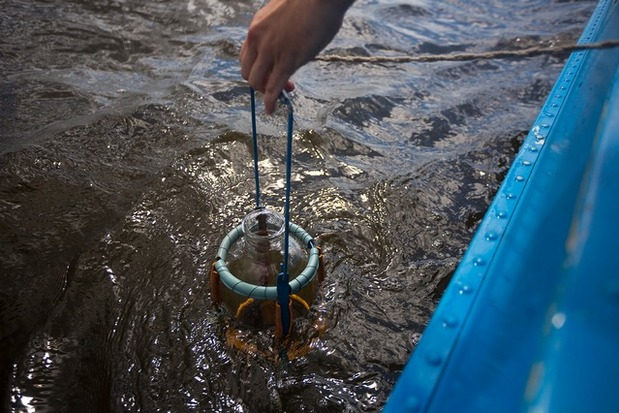The reasons for the inaccuracy of the portable dissolved oxygen meter may have the following possibilities :

1.Electrode failure : Some portable dissolved oxygen analyzers use electrodes to measure dissolved oxygen in water. If the electrode failure, such as corrosion, pollution or aging, may lead to the accuracy of the tester decreased.
2.Inaccurate calibration : The dissolved oxygen meter needs to be calibrated regularly to ensure accuracy. If the calibration is not accurate, such as the use of the wrong calibration solution, incomplete calibration or calibration expiration, etc., may lead to inaccurate measurement results.
3.Improper treatment of water samples : The dissolved oxygen analyzer needs to use water samples for measurement. If the water samples are not properly treated, such as bubbles, impurities or temperature instability in the water samples, the accuracy of the analyzer may be affected.
4.Inappropriate operation of the instrument : When operating the portable dissolved oxygen analyzer, if the operation is not carried out in accordance with the correct method, such as wrong operation steps, insufficient measurement time or improper storage conditions of the instrument, the measurement results may be inaccurate.
5.Environmental factors : The portable dissolved oxygen meter also has requirements for environmental conditions, such as temperature, humidity, and air pressure. If the environmental conditions do not meet the requirements of the instrument, the measurement results may also be inaccurate.

In order to solve the problem of inaccurate portable dissolved oxygen analyzer, you can try the following measures :
1.Regularly check and maintain the electrode to ensure that the electrode is in good condition, and regularly replace the electrode according to the instructions of the instrument.
2.Calibrate regularly, use the correct calibration solution, and operate according to the correct calibration method.
3.Ensure that the water sample is treated correctly and avoid the influence of factors such as bubbles, impurities or temperature instability on the determination results.
4.The instrument is operated in accordance with the correct method, and the operation steps are carried out in strict accordance with the instructions of the instrument.
5. Ensure that the environmental conditions meet the requirements of the instrument and avoid the interference of environmental factors on the measurement results.
If the above measures can not solve the problem, it is recommended that professional and technical personnel for further troubleshooting and maintenance.



